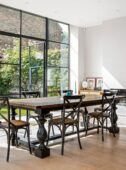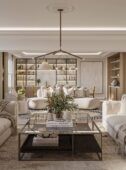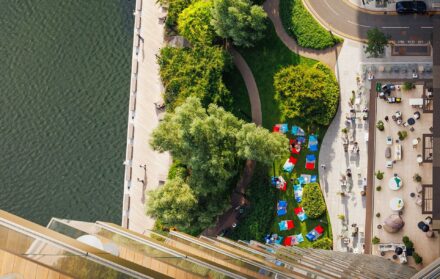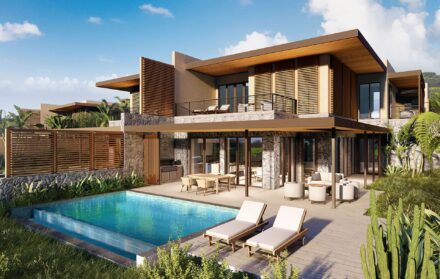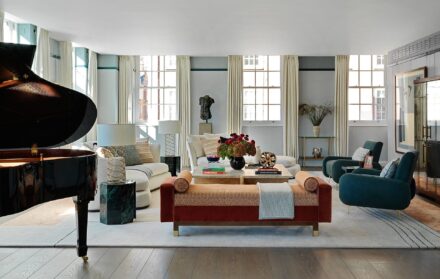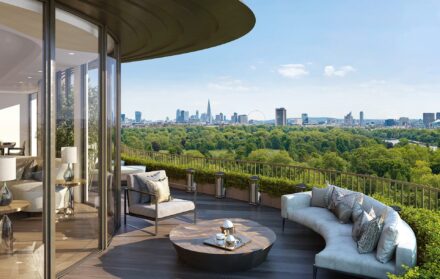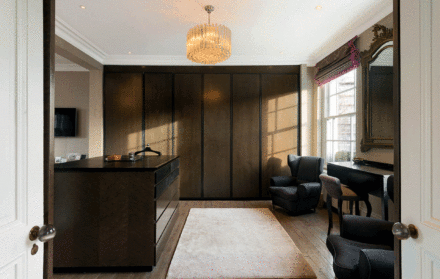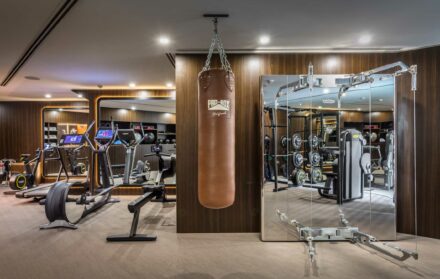
Interior designer Fiona Barratt-Campbell on the importance of space and texture
From Roman archaeology and the natural world to age-old production techniques and the capital’s idiosyncratic architecture, interior designer and Walpole tastemaker Fiona Barratt-Campbell reveals her inspiration, and how to create the ideal living space
I’m unlikely to be relieving the FBC London showroom of my favourite piece anytime soon, not just because I’d be unable to accommodate the £16,950 Hadrian console in the confines of my home but also because it weighs about 300kg. Fiona Barratt-Campbell smiles. “Needs about six men to lift it – it’s a bad boy!” The console’s “strong and solid” design was inspired by Hadrian’s Wall – the defensive Roman fortification in Northumberland, the county where Barratt-Campbell grew up – and scored detailing on its solid cast bronze legs reflects that of pottery found on a local archaeological dig. A classics enthusiast myself, I enjoy speaking to Barratt-Campbell about her love of all things Roman and the inspiration she draws from its rich history, architecture and production methods.
Direct, passionate and professional, she was listed as one of three tastemakers on Walpole’s British luxury Power List 2019. Floris’s head of marketing Alex Oprey and the Corinthia Hotel London’s MD Thomas Kochs completed the trio of “influencers with a great network who others look to for advice and inspiration”. Barratt-Campbell founded her eponymous architecture and interior design studio 14 years ago. She also creates custom-made furniture, lighting and accessories through her own FBC London collection, launched in 2014, with 98 per cent of its pieces produced in the UK. Projects in the pipeline include the Chelsea Power Station atrium, a luxury hotel in Hong Kong and a country house in North Yorkshire. Her book, Fiona Barratt-Campbell: Elemental was published by Rizzoli in October and sets out to showcase interiors that “marry a sense of opulence with bold, material simplicity”. The designer tells us more about how she blends contemporary textures and bursts of colour with natural materials, 20th-century antiques and millennia-old production techniques.

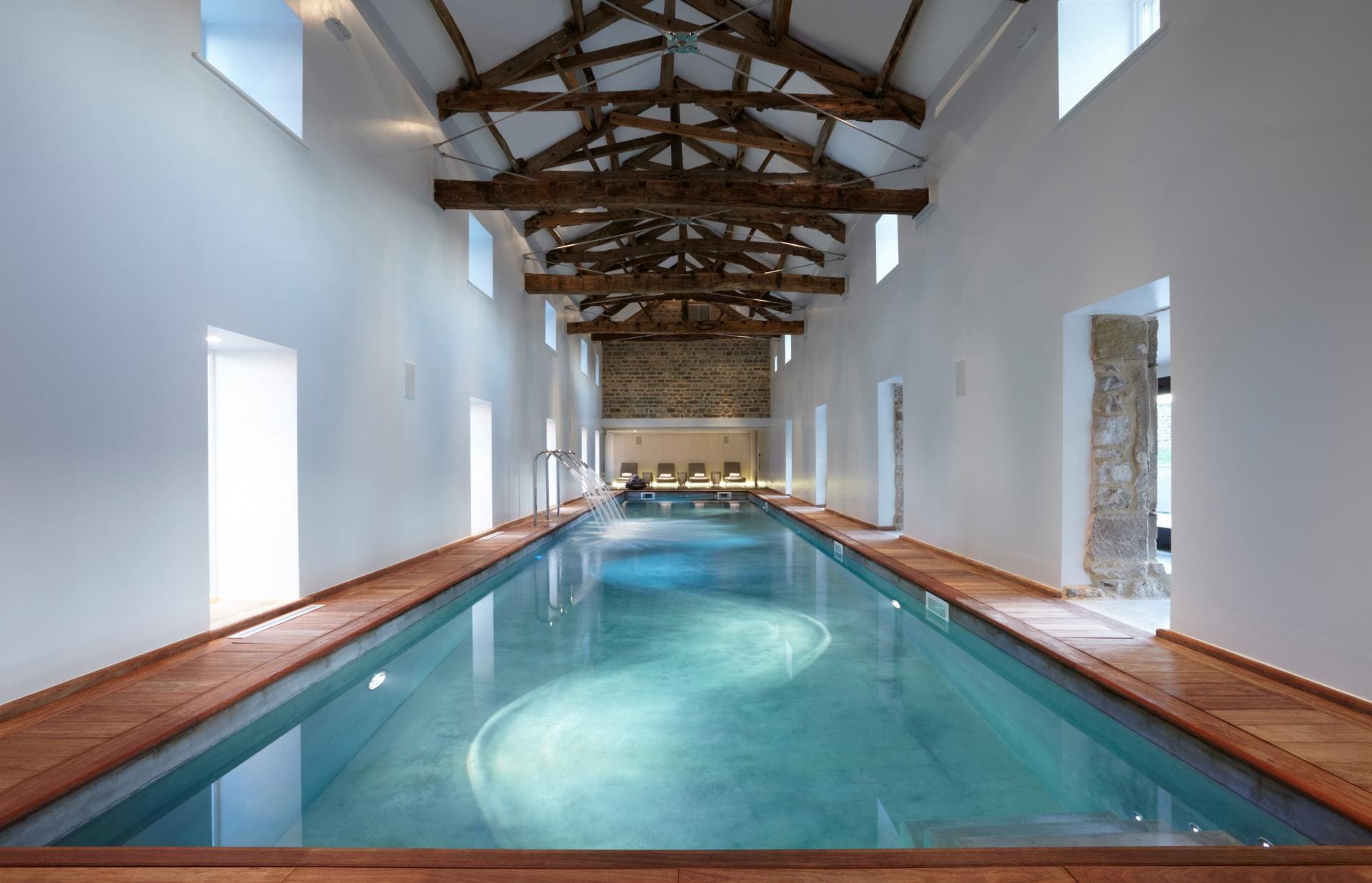
How would you sum up the Fiona Barratt Interiors design approach?
It’s luxurious in terms of excellent space planning and the use of textures, which is what we’re known for – it’s kind of our USP. Every piece of furniture is considered and beautiful in its own right, but as a package they work together. It’s a comfortable, understated textural experience, and liveable – virtually all of our clients have children, and I have three under eight. My home looks beautiful and it’s still practical. Interiors are expensive so things have to last for at least 10 years and wear well.
Where does your inspiration come from?
It was really interesting to revisit projects I did 10 years ago, while doing my book for Rizzoli, because they still look current. My style is timeless. I don’t follow trends. I do what is right for the client, the building and the location. I’m inspired by nature and cultures, and Roman history and architecture; I grew up around all these Roman heritage sites. The Romans were so far advanced as a group of people and I’m just fascinated by their use of textures and materials. I like to weave that in. Nature is always evolving – constantly changing forms and colours and patterns – so that gives you a good grounding. You can’t go wrong if you stay true to your inspiration.
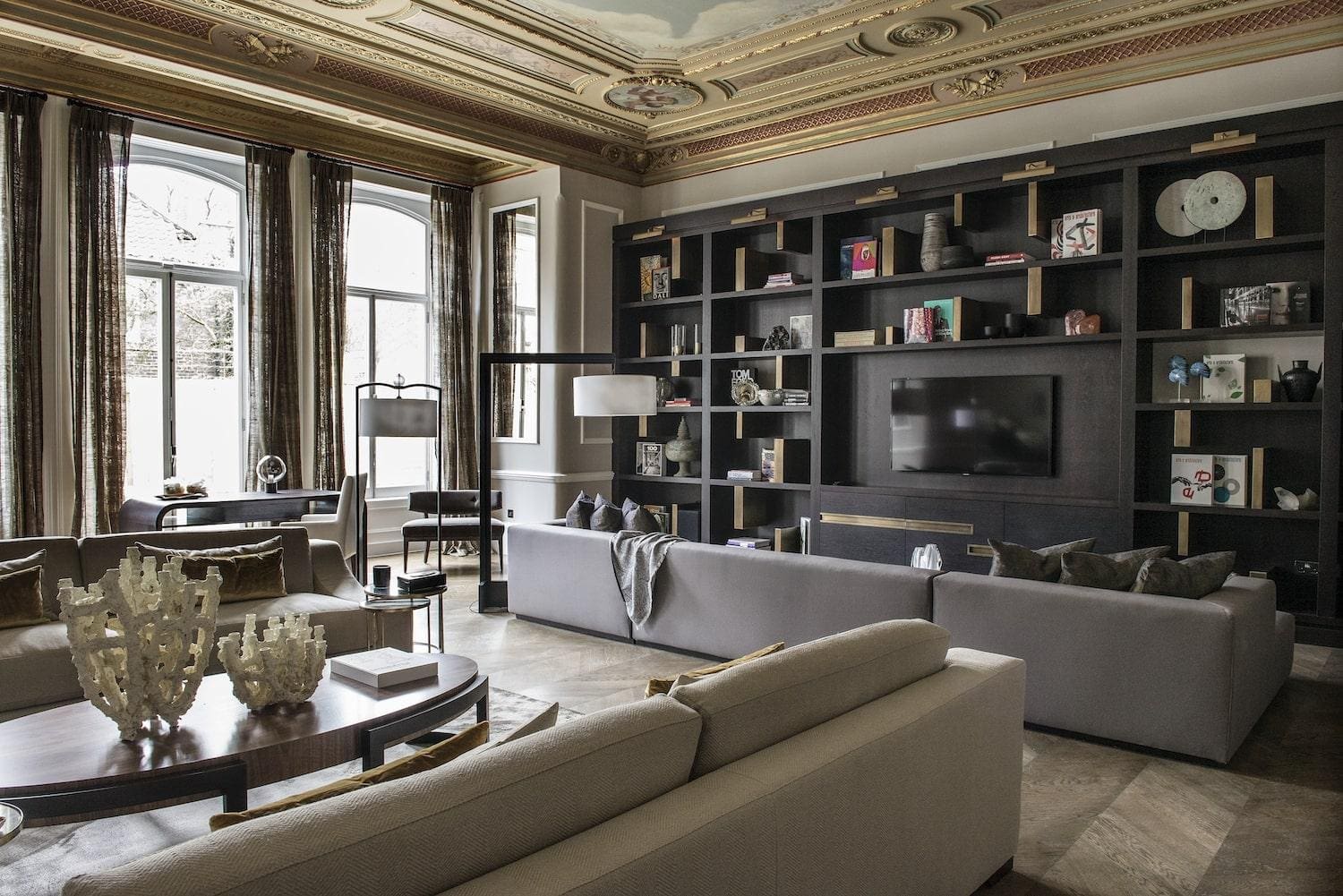
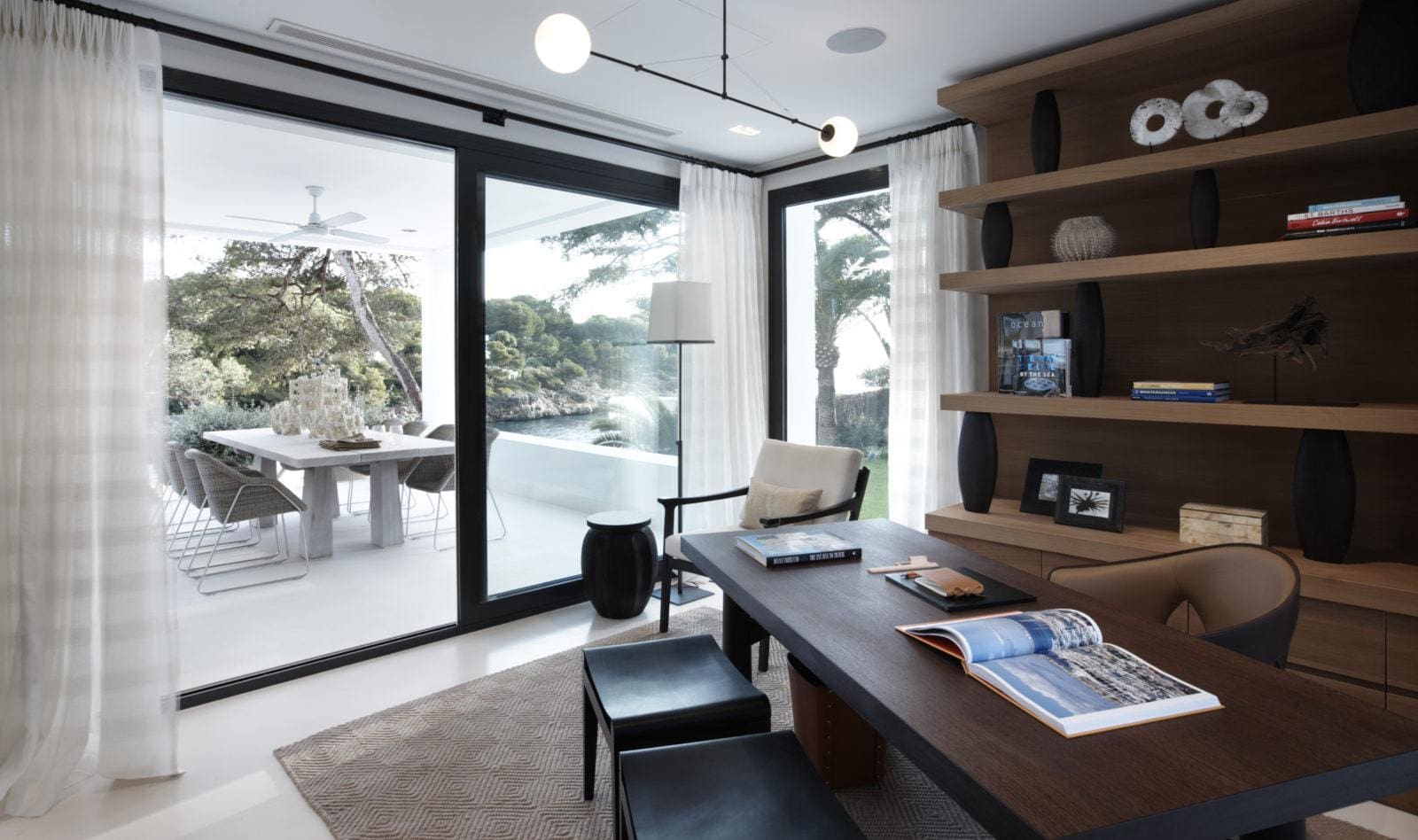
How different do you find designing hospitality spaces and residential projects?
For hospitality spaces, you’re designing for a broad demographic, so you really have to know your market, whereas when you’re designing residential it’s very particular and personal because it’s for a client. It’s nice to have a balance of both within the studio. We get to be involved in different cultures, different environments, different climates, and different types of building: beach, ski, city, country.
Is there a unifying thread among your London clients in terms of the look they want?
People have seen the brand and they like it. You wouldn’t come to us if you were looking for a repro of Louis XIV’s Palace of Versailles because we’re not the people who would do that for you. The most common feedback from new clients is that they like our level of detail and that’s what draws them in. The design integrity throughout a space is extremely considered, in terms of the finishes, the layout, the lighting, the textures, and how everything is pulled together, but it still feels calm; it’s not in your face.
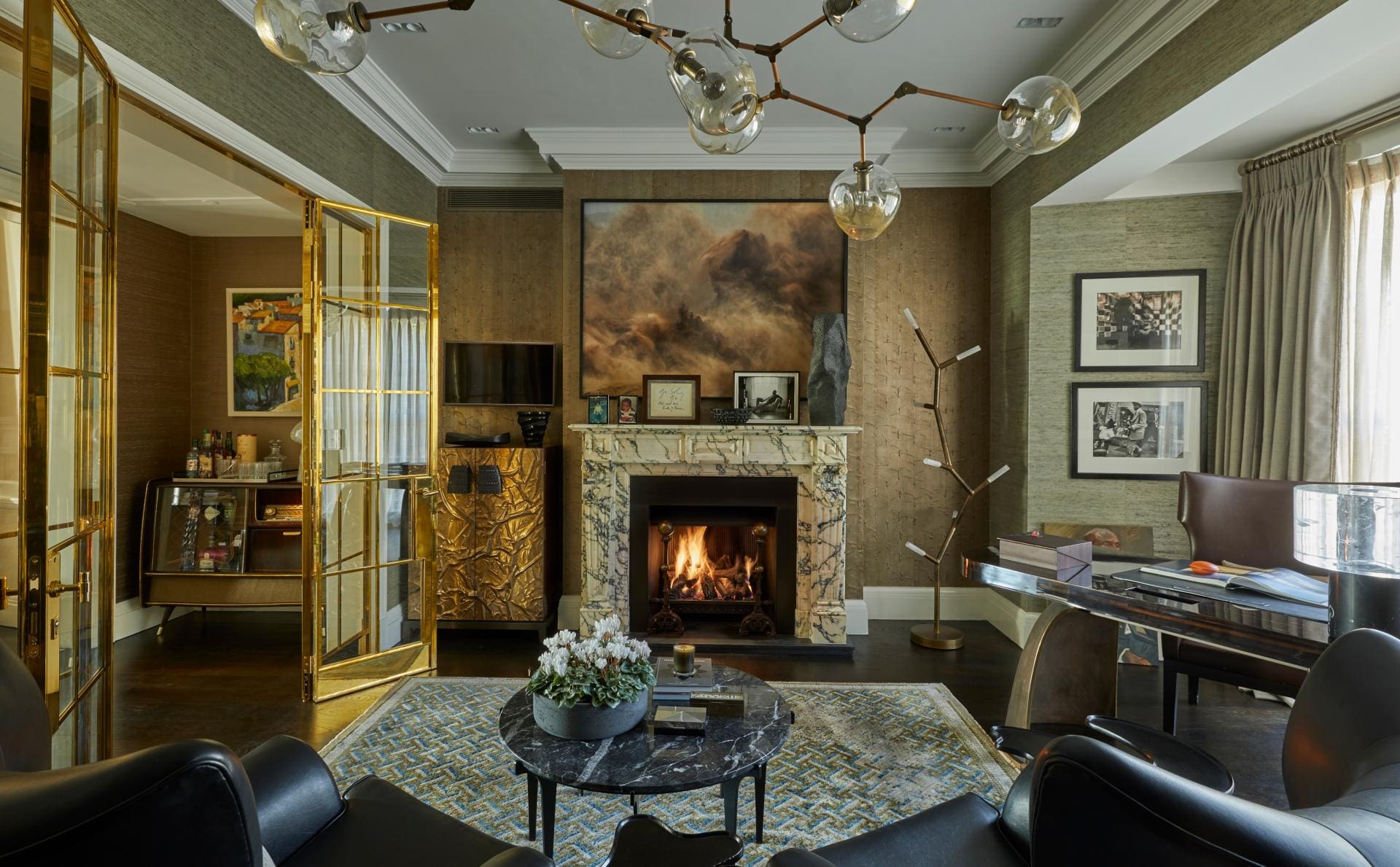
How do you ensure your own furniture stands the test of time?
What we’re looking at is creating antiques for the future; well made, timeless in their design and which can be passed on through generations. They work in modern environments – new builds – and also in listed Georgian properties, so it’s about creating things that are going to last. I like quality and I like producing quality items that will be around for a long time. You get what you pay for at the end of the day.
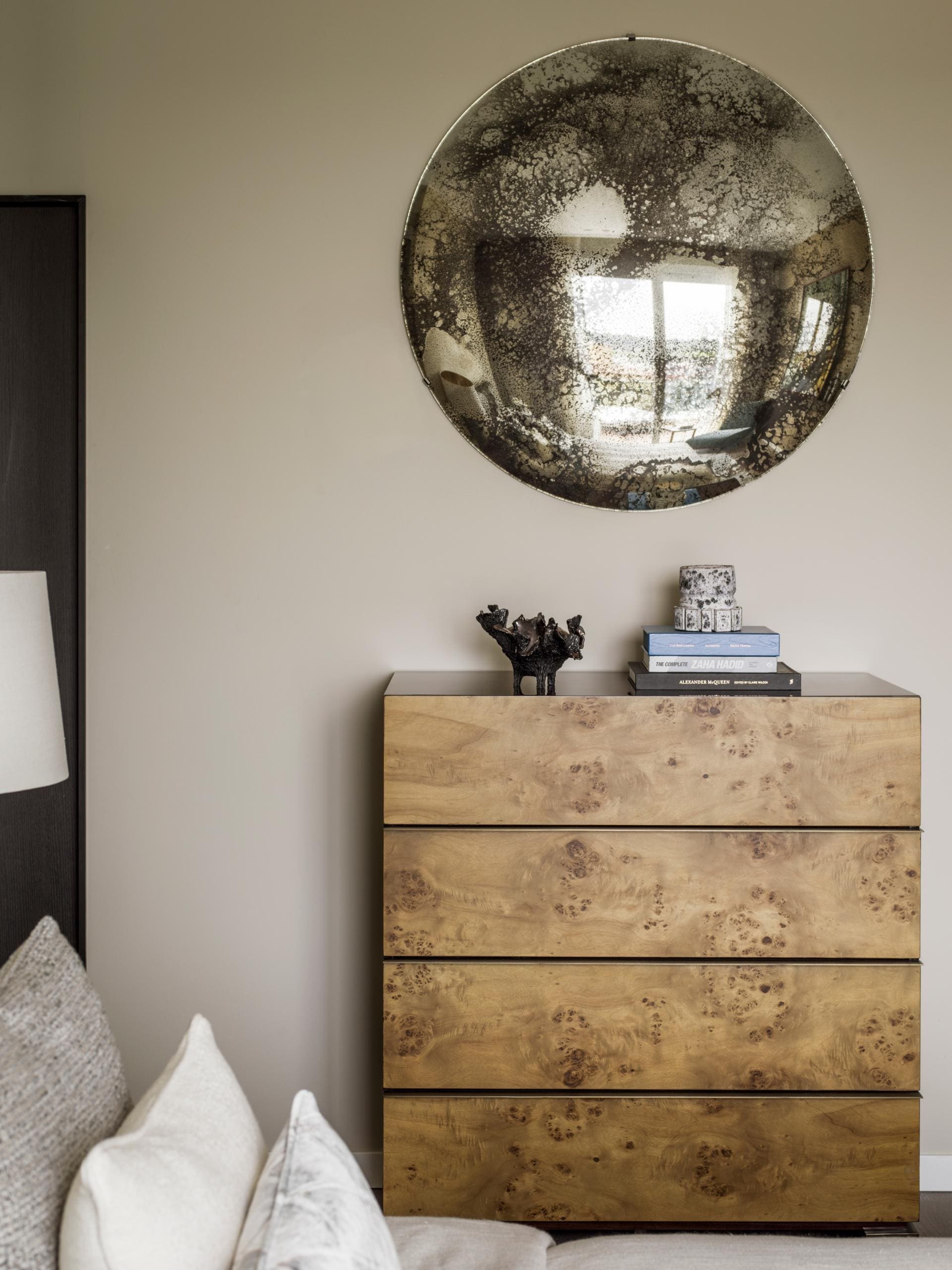
The Hadrian console is a standout piece in the FBC London collection. What makes it so special?
There’s a huge value just in the raw metal costs. It’s amazing to watch the production – bullions of bronze are melted down then the liquid is poured into the mould. It’s a fascinating process and this is one thing I love about having my own furniture line. We are working with artisans who are using 3,000-year-old techniques, i.e. bronze casting, right through to laser-cutting machines and high-pressure air guns that can spray a metal patina onto furniture, which we didn’t have 30 years ago – super-old heritage techniques working with very modern technology.
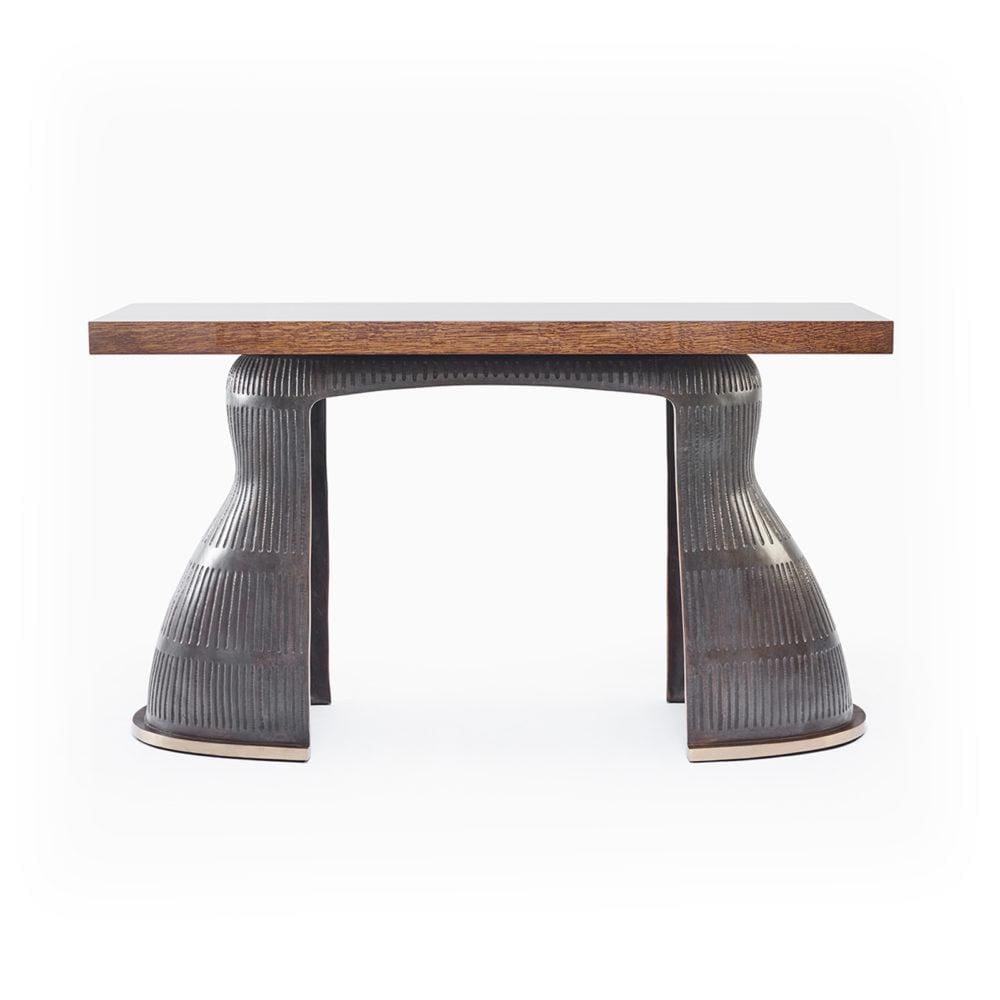
How much has social media influenced your work in recent years?
All our clients come with their own Pinterest boards. It actually makes our job very hard. When I started in the industry 16 years ago, the internet was up and running, but not everyone had a website. Back in the day, if this wasn’t your industry, you didn’t have access to all of the furniture because it was kept for the trade. Now everyone has access to everything. It makes it hard for clients to define their vision for a project because they are so overwhelmed. So often we have people come in and say, ‘we’ve tried to do the project ourselves but don’t know where to start’ because there is too much choice. It’s about refining that choice and understanding what is your vision for the project.
What do you think makes London’s architecture unique?
I love the modern mix sitting against very old listed properties. I think that diversity of architecture is what makes London quite unique – not only the shapes and styles but also the materiality of buildings.
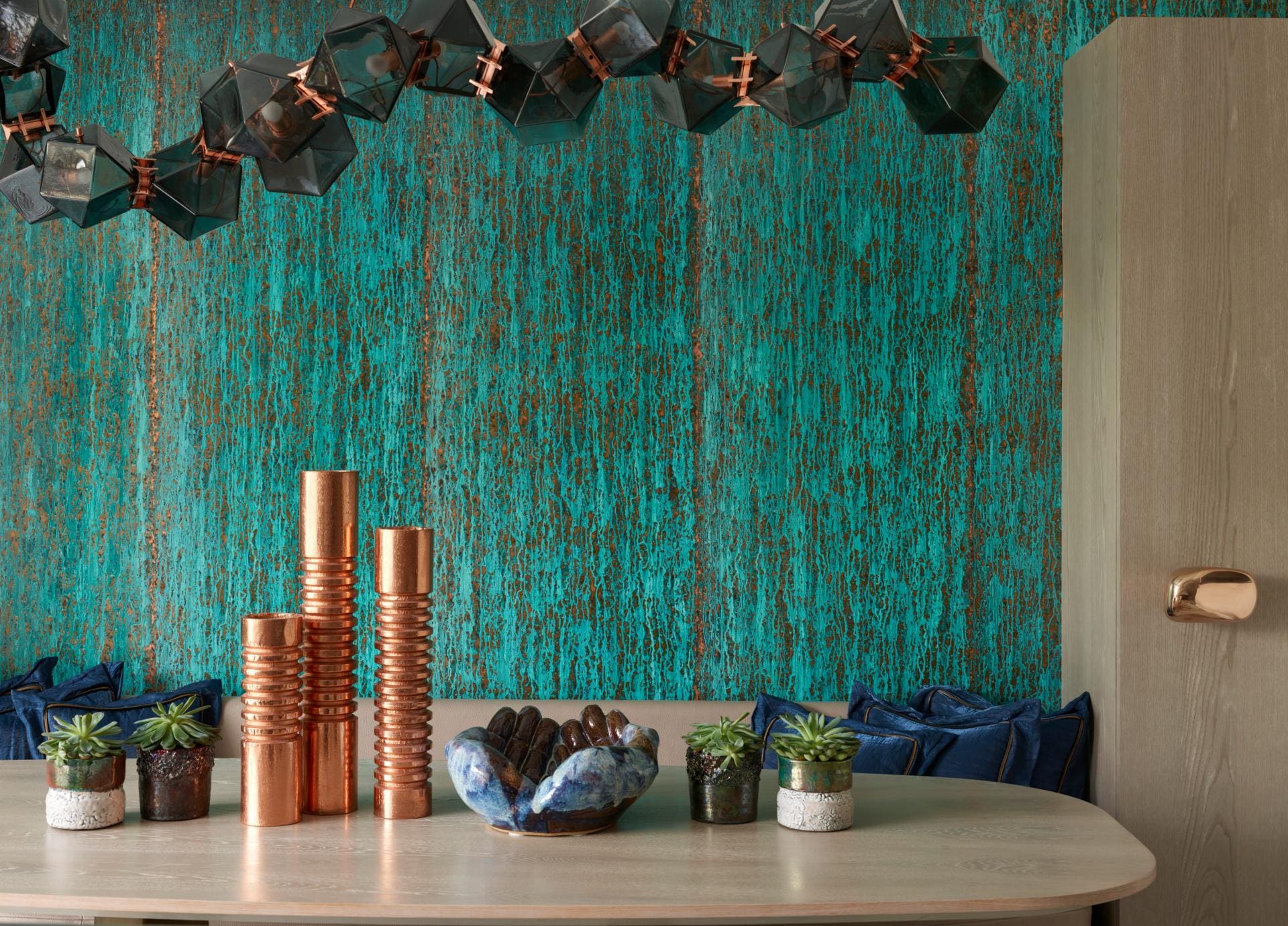
The Studio, 12 Francis Street, SW1P, fionabarrattinteriors.com; The Showroom, 66 Pimlico Road, SW1W, fbc-london.com

